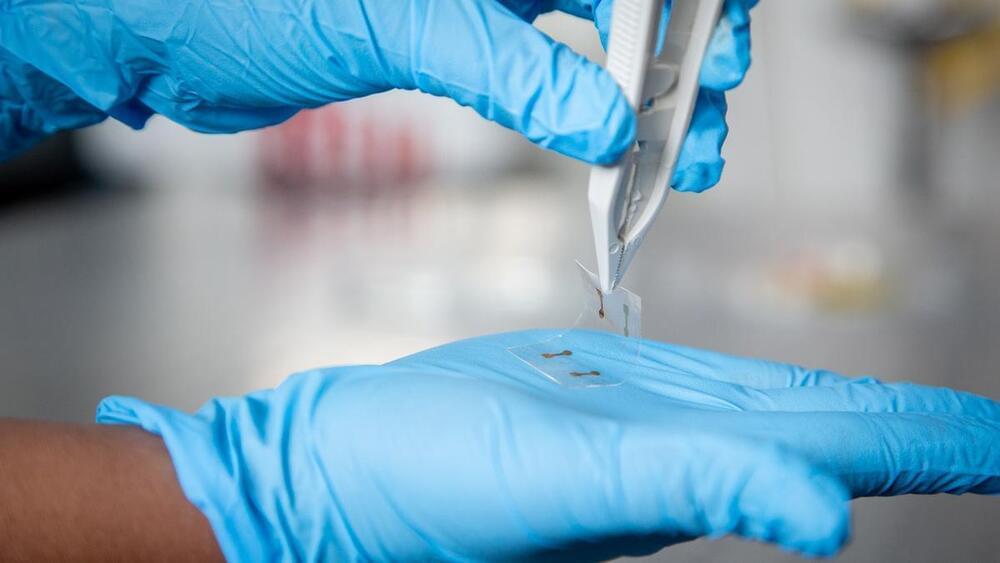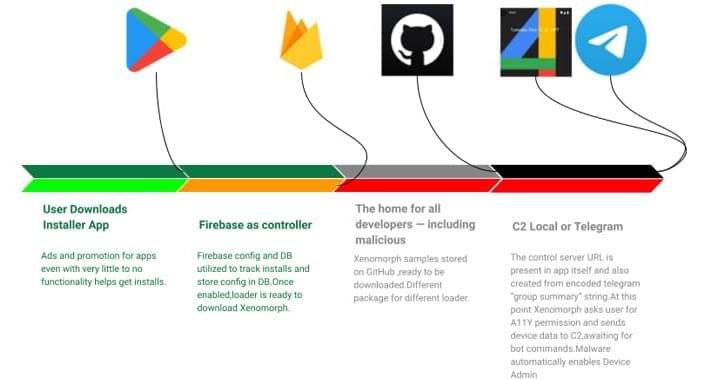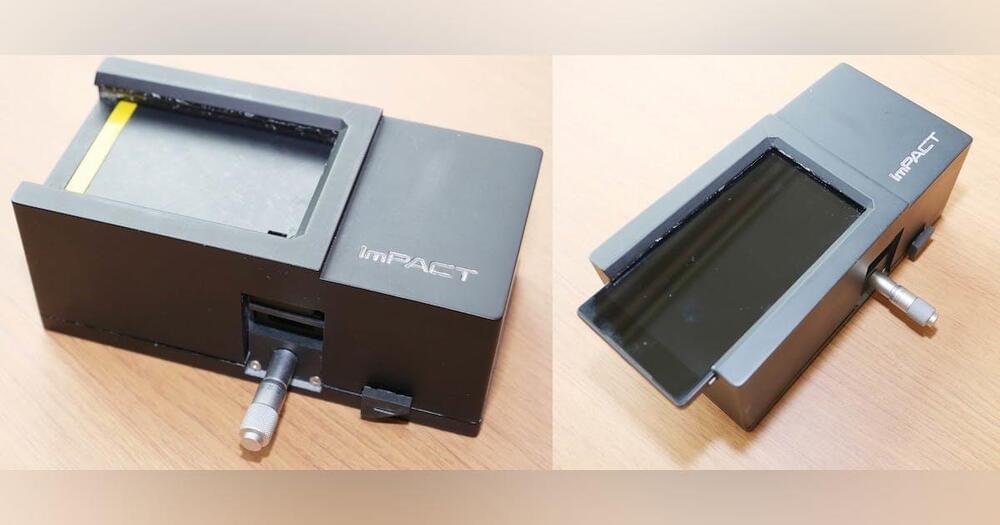Nov 14, 2022
Ultra-thin smartphone touchscreens could be printed like a newspaper
Posted by Quinn Sena in categories: materials, mobile phones
face_with_colon_three circa 2020.
Scientists in Australia have developed a new type of electronic material that is touch-responsive and just a fraction of the thickness of current smartphone screens. This could see it one day find use in next-generation mobile devices, and because of its incredible thinness and flexibility, could be manufactured at large scale using roll-to-roll (R2R) processing like a printed newspaper.
The breakthrough comes from researchers at RMIT University, who began with a material commonly used in today’s mobile touchscreens called indium-tin oxide. This transparent material is highly conductive but does have its shortcomings, chiefly that it is very brittle, so the team sought to give it better pliability by greatly reducing its thickness.
Continue reading “Ultra-thin smartphone touchscreens could be printed like a newspaper” »
















